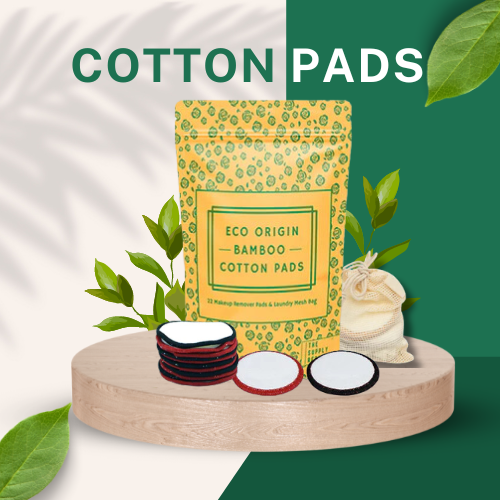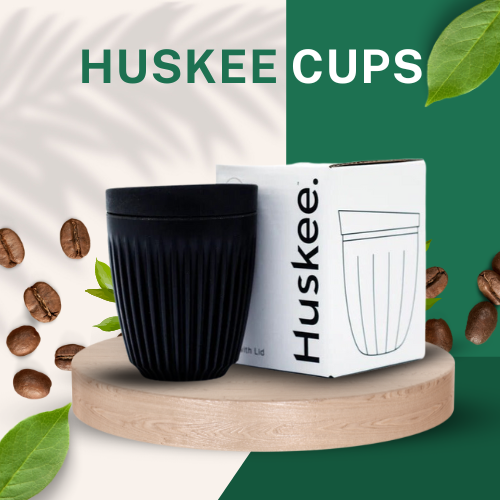Microplastics Found In The Human Bloodstream
Microplastics, tiny fragments of plastic lots much less than 5 millimeters in size, have come to be a ubiquitous environmental concern. They've been placed in our oceans, infiltrating the meals chain, or even blanketing far off mountain peaks. But a current discovery sent shivers down many spines - microplastics in human bloodstream in large amount, making the phrase "microplastics in blood" a important topic of discussion. This increases a vital query: how are these minuscule plastic particles, or micro plast, finishing up interior a human frame, and what are the capability health risks?
Dissecting the Microplastic Menace
Microplastics come in two primary forms:
- Primary microplastics: These are deliberately artificial to be small, frequently used in cosmetics, personal care products, and business techniques like sandblasting. These particulate rely property make contributions substantially to the presence of microplastics in human beings.
- Secondary microplastics: These rise up from the breakdown of larger plastic gadgets through the years. Plastic bags, bottles, and artificial apparel fragment due to sunlight, weathering, and put on and tear, liberating microplastics into the environment, which ultimately discover their manner into the bloodstream or bloods streaming through various way.
The Invisible Invasion: Routes of Microplastic Ingestion
The presence of microplastics in our blood suggests these particles are finding their way into our our bodies through various routes:
- Ingestion: Microplastics can contaminate our food and liquids. Plastic packaging leeches microplastics into meals, and they can also enter the food chain through infected water resources, in the end finishing up in the blood.
- Inhalation: Microplastic fibers shed from artificial apparel and plastic pollutants within the air can be inhaled, contributing to the particulate rely internal a human frame.
- Dermal Absorption: While lots much less studied, a few studies indicates skin care merchandise containing microplastics would possibly permit for limited dermal absorption, along with every other course for microplastics.In blood.
Microplastics In Human Bloodstream?
Environmental Contamination
- Microplastics enter the environment through diverse pathways, collectively with plastic litter, runoff from landfills, and wastewater discharge.
- Once within the surroundings, microplastics in human bloodstream may be transported through waterways, carried through wind, or ingested with the aid of animals, principal to large infection of ecosystems.
- Through the intake of inflamed meals and water, microplastics in human bloodstream entered inside a human body, wherein they may accumulate over time, resulting in microplastic in humans.
Airborne Transport
- Recent research have shown that microplastics also can become airborne, especially in metropolis environments with excessive levels of plastic pollutants.
- Inhalation of airborne microplastics can result in their deposition within the respiratory device, in which they may ultimately enter the bloodstream via the lungs, contributing to the phenomenon of microplastics inside the blood.
Food and Beverage Consumption
- Microplastics have been detected in diverse food and beverage merchandise, together with seafood, faucet water, or even salt.
- Contamination can get up throughout food manufacturing, processing, and packaging, in addition to through environmental exposure of vegetation and cattle to plastic pollutants.
- When consumed, microplastics can penetrate the gastrointestinal tract and enter the bloodstream, likely inflicting adverse healtheffects.
Potential Health Risks of Microplastics
While the long-term health results of microplastics in people are nevertheless unknown, functionality dangers encompass:
- Inflammation: Microplastics may also cause inflammatory responses within the body, probably contributing to various health problems.
- Cellular Damage: Sharp-edged microplastics must harm cells or disrupt their features.
- Endocrine Disruption: Certain styles of plastics can mimic hormones, doubtlessly interfering with hormonal balance and main to bloodstream complications.
Several uncertainties surround the issue of microplastics in our blood:
- Limited Data: Studies on microplastics in human blood are however new, and extra studies is wanted to verify the findings and understand the frequency and quantity of contamination.
- Source Identification: Distinguishing amongst different sorts and resources of microplastics determined in blood samples stays tough.
- Health Impact: The prolonged-time period healthresults of microplastic exposure in people are however to be set up.
Taking Action: Reducing Microplastic Exposure
While studies keeps, proper here are a few steps we are able to take to possibly lessen our exposure to microplastics:
- Reduce Plastic Use: Opt for reusable options on every occasion feasible, together with reusable purchasing baggage, water bottles, and espresso mugs.
- Support Plastic Regulations: Advocate for stricter policies on unmarried-use plastics and inspire funding in plastic alternatives.
- Choose Microplastic-Free Products: Look for private care products classified "microplastic-unfastened" and support manufacturers dedicated to responsible plastic use.
- Stay Informed: Keep yourself up to date at the latest research and dispositions regarding microplastics.
Water and Air Filtration
- Install filtration structures for eating water to put off microplastics and unique contaminants.
- Use air purifiers ready with HEPA filters to lessen airborne microplastic publicity indoors.
Consumer Awareness and Advocacy
- Stay informed about the sources and affects of microplastics on human healthand the surroundings.
- Support rules and regulations that reason to reduce plastic production, sell recycling, and mitigate plastic pollutants at close by, country wide, and global tiers.
A Call for Continued Vigilance
The discovery of microplastics in human blood is a warning call. While the full picture of capability health risks stays uncertain, it highlights the pervasiveness of plastic pollution and the need for movement. By reducing plastic use, helping accountable guidelines, and staying knowledgeable, we are able to art work towards a future with much less plastic in our surroundings and probably in our our our bodies. Let's preserve to push for research and solutions to ensure a more healthful planet for ourselves and future generations.











